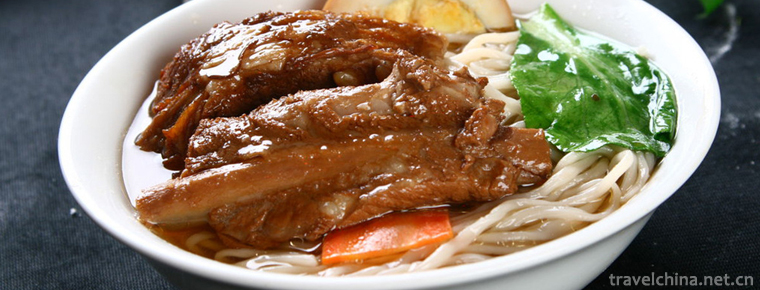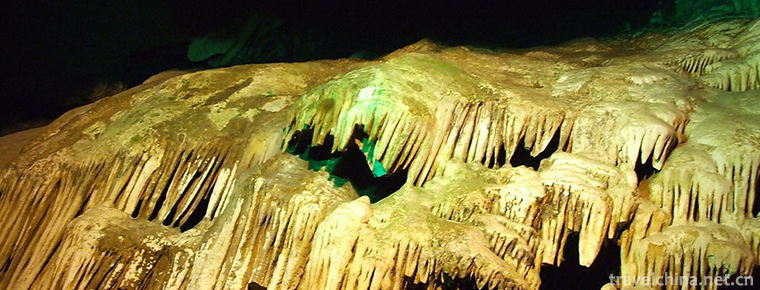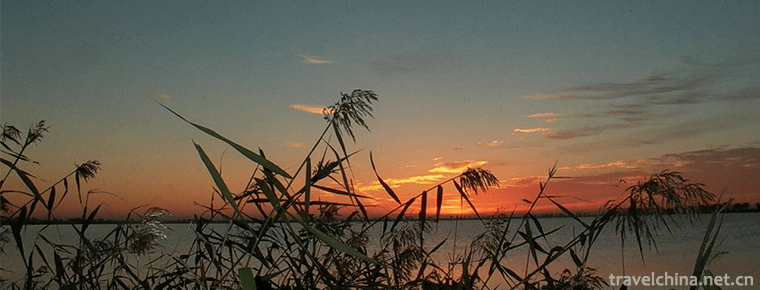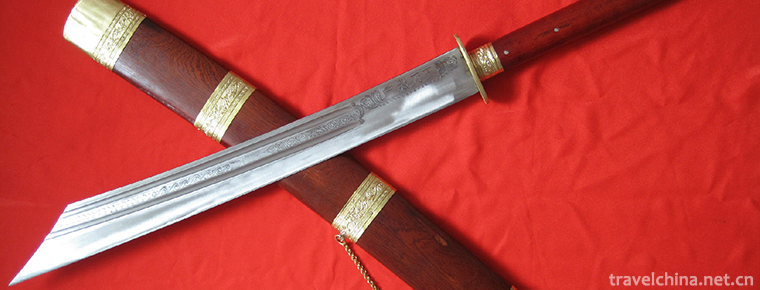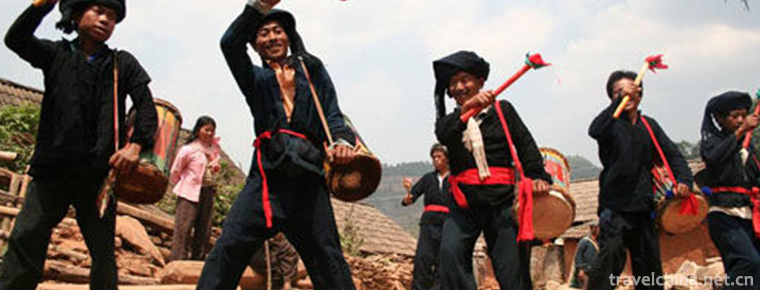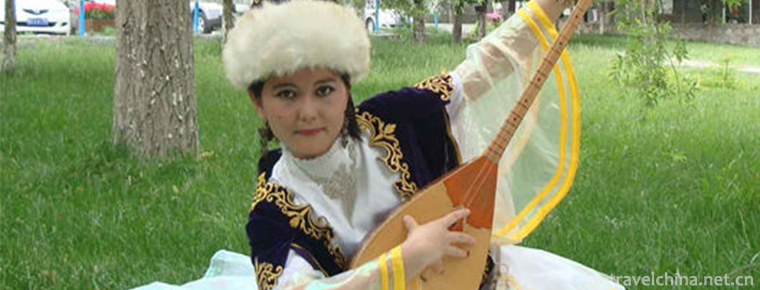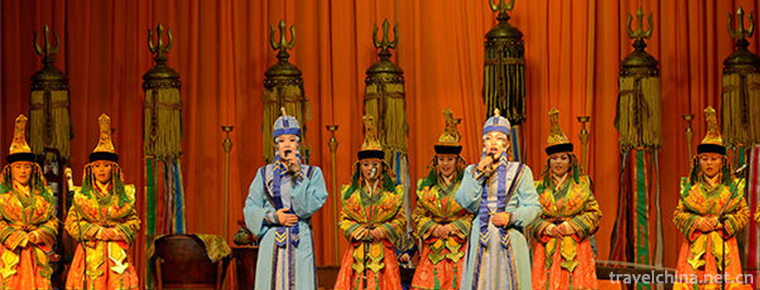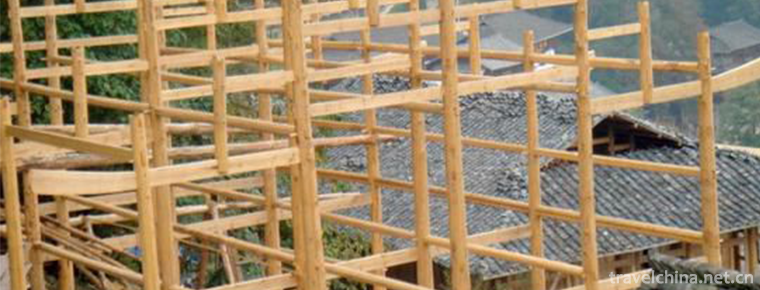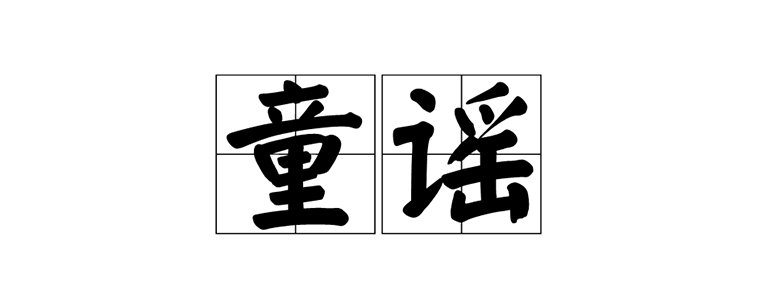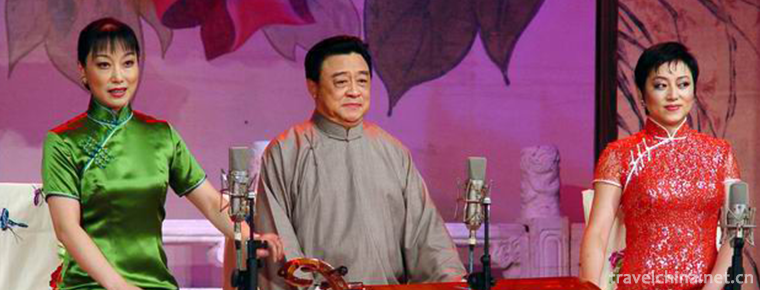Fang te tourist area
Fang te tourist area is elaborately built by Huaqiang Fontewen Technology Group. It is a comprehensive leisure tourism resort integrating theme parks, Hotel catering, leisure and entertainment. Fonter Tourist Resort has six major product categories: Fonter Happy World, Fonter Dream Kingdom, Fonter Water Paradise, Fonter Oriental Spiritual Painting, Fonter ASEAN Spiritual Painting and Fonter Hotel. Among them, the four major theme park brands are built by Chinese people with their own intellectual property rights and are the largest high-tech enterprises in China. The fourth generation theme park of technology has been built and put into operation in Shenyang, Tianjin, Jiayuguan, Jinan, Tai'an, Qingdao, Zhengzhou, Wuhu, Chongqing, Zhuzhou, Xiamen, Shantou, Datong , Ningbo , Nanning . The area has become a happy city, and tens of millions of tourists come every year. Among them, Wuhu Fangte Tourist Resort is a national 5A tourist attraction.
Happy world
Unlike other traditional theme parks in China, which mainly consist of mechanical amusement facilities, Font Happy World takes the characteristic animation theme culture as the core, and uses the leading international high-tech pounds to create a super-large theme project area emphasizing atmosphere creation and interactive experience, gathering top amusement facilities such as fireball, flying over the limit, magic castle, etc. Make a happy and exciting feast.
A Paradise of Science and Technology and Fantasy
Modern computer, automatic control, digital analog and simulation, digital film and television, acousto-optic and other high-tech means and the perfect combination of art, create a new type of high-tech theme park.
Theme Park Built with High-tech Gives Tourists a New Experience
New ways of participation, thrilling excitement. History and future blend, reality and illusion overlap, this is a dream park.
Have complete independent intellectual property rights
Invested by Huaqiang Fonter Group , this is a theme park brand which is completely controlled by Chinese people from design to manufacture, from software to hardware, from management to operation.
Font Tourist Resort is a large high-tech fourth-generation theme park designed and developed by Huaqiang Font Culture Science and Technology Group.
Huaqiang adheres to the strategy of integration of culture and science and technology, and has mastered the key technologies in various industries. It has formed such competitive products as cultural science and technology theme parks, special movies, digital animation and so on, and has established a strong brand of Chinese culture and science and technology in the international market.
Huaqiang Font is a domestic enterprise that operates the whole industry chain from creative design, research and development, content production, construction and market operation of theme parks, as well as large-scale cultural and technological theme parks with complete sets of design, manufacture and export. It has created two "Font Happy World" and "Fante Fantasy Kingdom". The theme park brand has been successfully put into operation in Wuhu, Taian, Qingdao, Zhuzhou, Shenyang, Zhengzhou, Xiamen, Tianjin and other places, and exported to other countries.
Huaqiang Font put forward the development idea of building "Beautiful China Cultural Industry Demonstration Park". With Chinese culture as the core, the development plan of "Beautiful China" trilogy was formulated, which was constructed by "China Historical Civilization Heritage Innovation Demonstration Park", "Patriotism Education Base of Renaissance Road" and "Tomorrow China Theme Park". Cheng will display China's splendid traditional culture, glorious revolutionary process, great achievements in reform and bright future development with brand-new cultural, scientific and technological and artistic means, and create a demonstration zone of cultural and technological experience with distinct theme, magnificent momentum and popular with tourists.
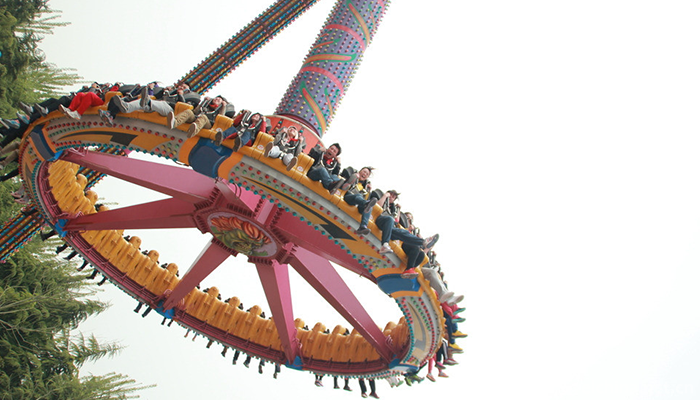
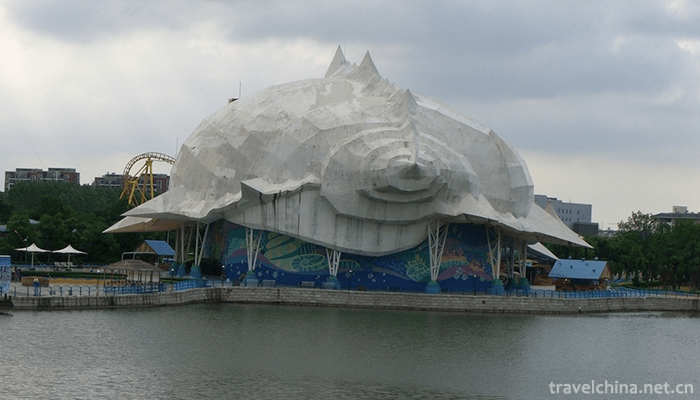
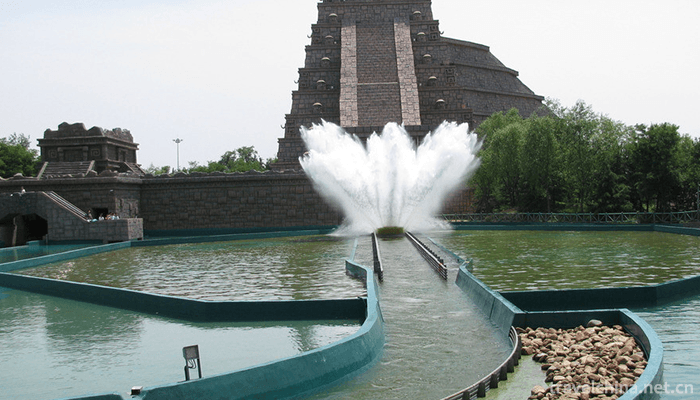
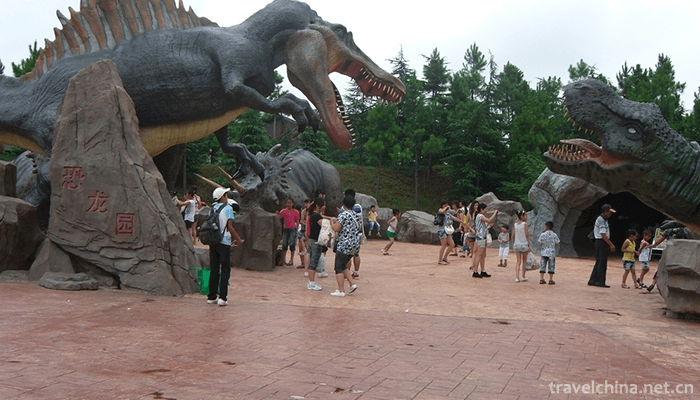
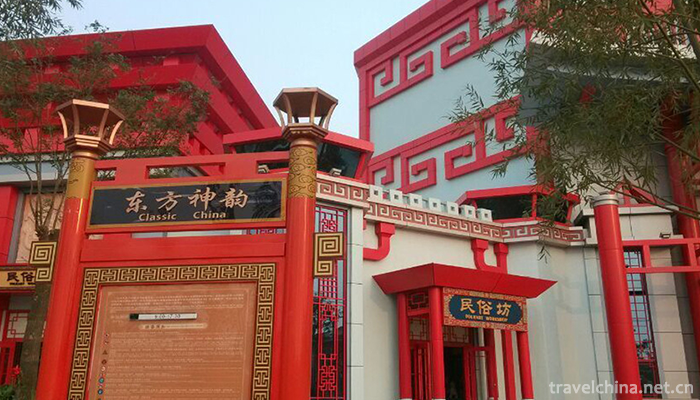
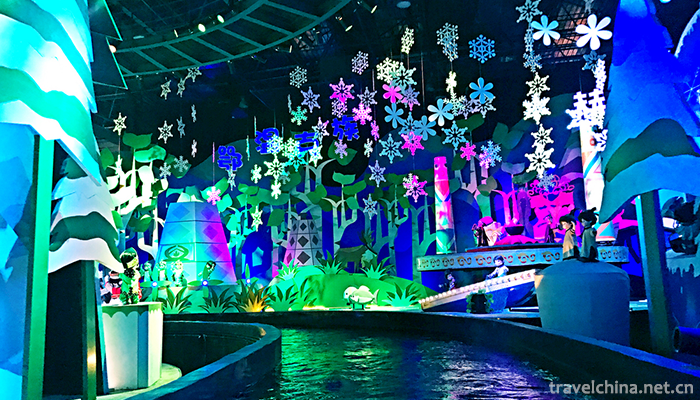
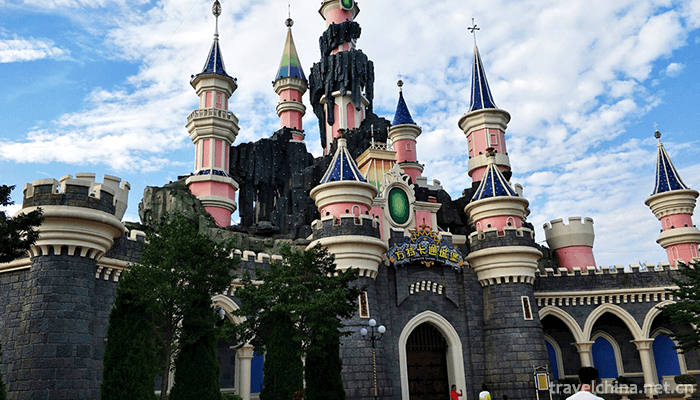
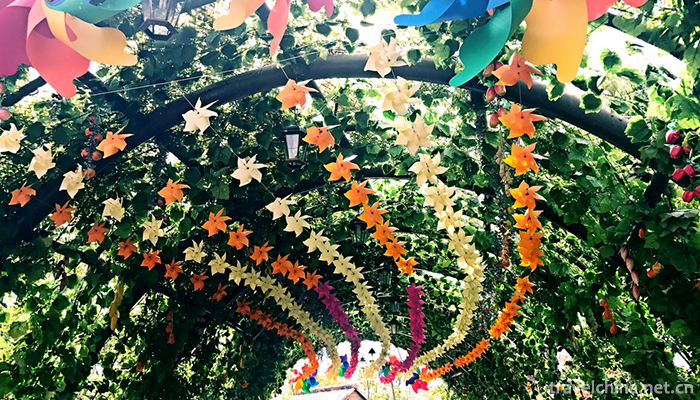

Fang te tourist area
-
Pork ribs Noodles
Pork ribs Noodles are a traditional pasta, especially in Cantonese cuisine
Views: 200 Time 2018-10-12 -
Laojunshan Jiguandong Tourist Area
Jiguan Cave is located in Luanchuan County, Luoyang City, Henan Province, three kilometers west of the county seat. It is located on the half-hillside of Jiguan Mountain
Views: 210 Time 2018-12-09 -
Qilihai National Wetland Park
Qilihai National Wetland Park is located in the northeast of Tianjin, located in Ninghe District of Tianjin, 30 kilometers away from Tianjin urban area, 100 kilometers away from Beijing and 40 kilomet
Views: 184 Time 2018-12-17 -
Qinghai Tibet Plateau Wildlife Park
Xining Wildlife Park, also known as the Qinghai-Tibet Plateau Wildlife Park, is the only large-scale comprehensive wildlife park in the Qinghai-Tibet Plateau with the highest elevation
Views: 202 Time 2019-02-07 -
The Forging Skill of Achang Husha Knife
Achang household knife forging technology, Yunnan Dehong Dai Jingpo Autonomous Prefecture Longchuan County household Sa Township traditional handicraft, one of the national intangible cultural heritag
Views: 268 Time 2019-03-28 -
Butterfly Bucket Encouragement of the Browns
Buzz drum dance is a kind of collective dance of men and women of ancestral origin. It has great improvisation. There are two kinds of dance methods: He Xinfang and
Views: 327 Time 2019-04-04 -
Kazakhstan 62 Kwohner
Kazakhstan 62 Kwohner 62 Kwohner is Kazakh folk classical music, which means "62 suites". It is a comprehensive art mainly composed of instrumental music, accompanied by folk songs, dances,
Views: 220 Time 2019-05-02 -
Mongolian Khantin Music
The most important component of Mongolian traditional music is court music, which is Mongolian Khan music. Successfully selected into the fourth batch of national intangible cultural heritage list.
Views: 136 Time 2019-06-03 -
Construction Techniques of Miaozhai Diaojiao Building
Miaozhai hanging-feet building is evolved from the form of "nest dwelling". It is built with bamboo and wood. The lower part of the building is hollow. It is called "semi-dry fence"
Views: 131 Time 2019-06-05 -
Nursery rhyme
Nursery rhymes are short poems written for children, emphasizing rhythm and rhyme. They are usually spread orally. Many nursery rhymes are processed and spread according to the idioms in ancient ritua
Views: 169 Time 2019-06-23 -
Changsha Tanci
Changsha Tanci is a traditional opera in Hunan Province. It is popular in Changsha, Yiyang, Xiangtan, Zhuzhou and Liuyang of Hunan Xiangjiang River and Zishui River basin. Changsha Tanci derives from
Views: 283 Time 2019-07-25 -
cheongsam in the Republic of China
Since 1840, the western culture has been infiltrated into the local culture of the Qing Dynasty. Many coastal cities, especially Shanghai, have taken the lead in western culture because of the mixture of Chinese and foreign cultures, and their clothing has begun to undergo potential changes.
Views: 138 Time 2020-12-11
